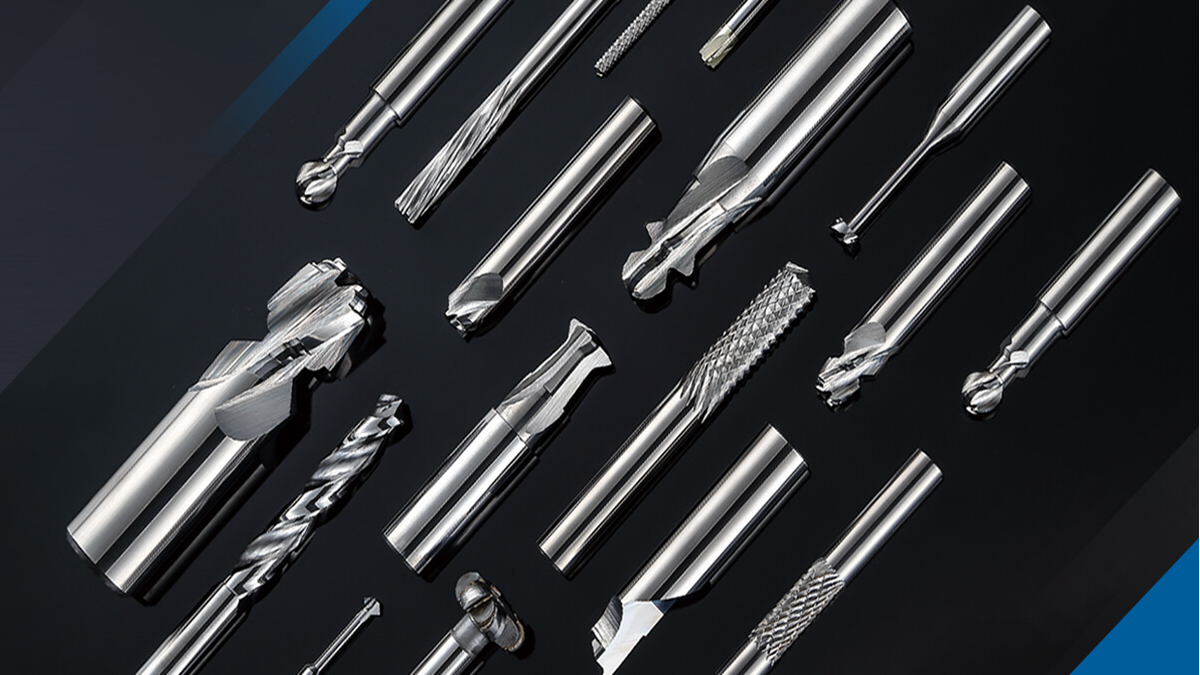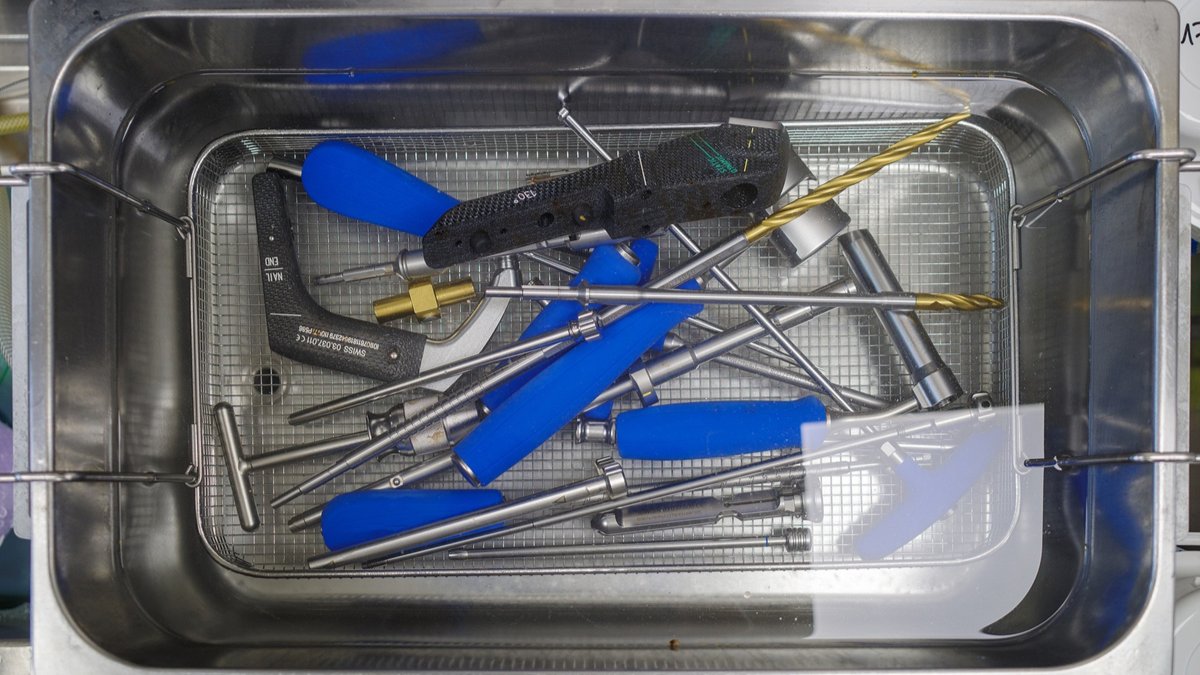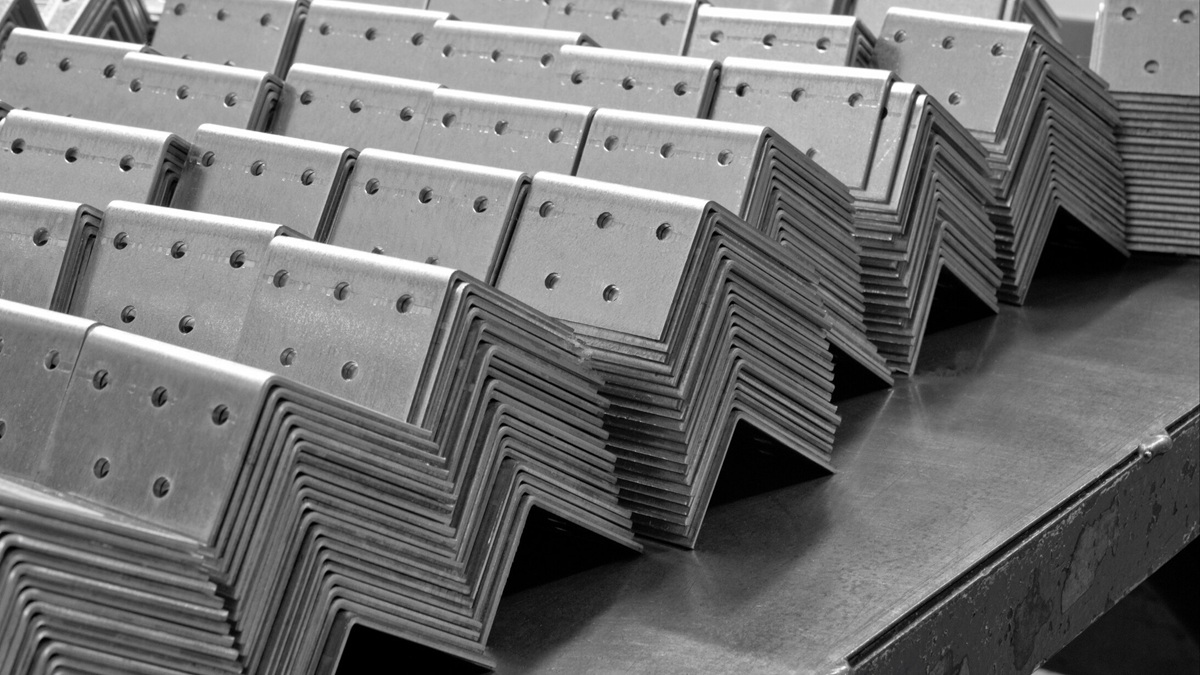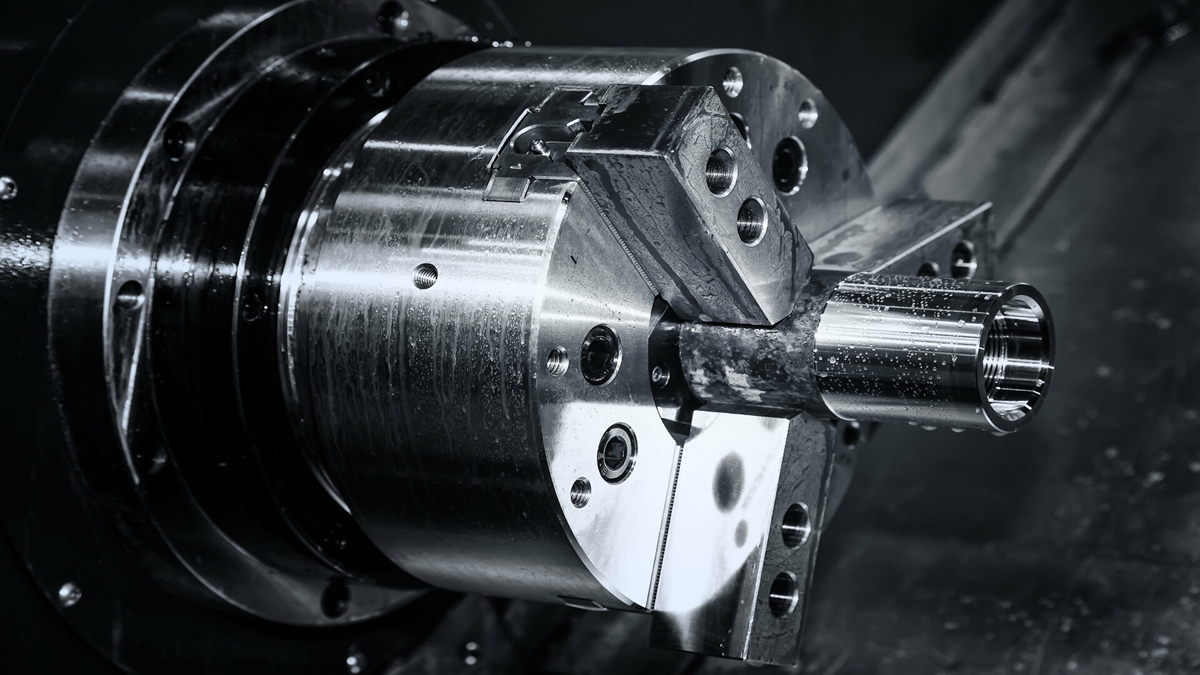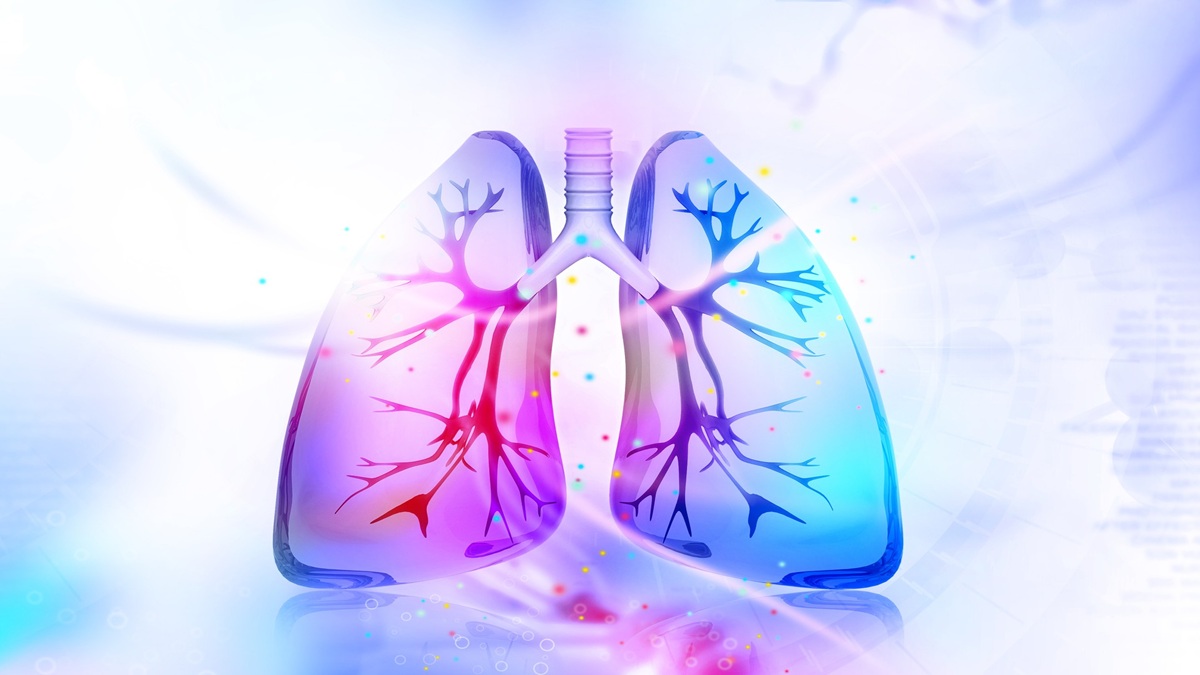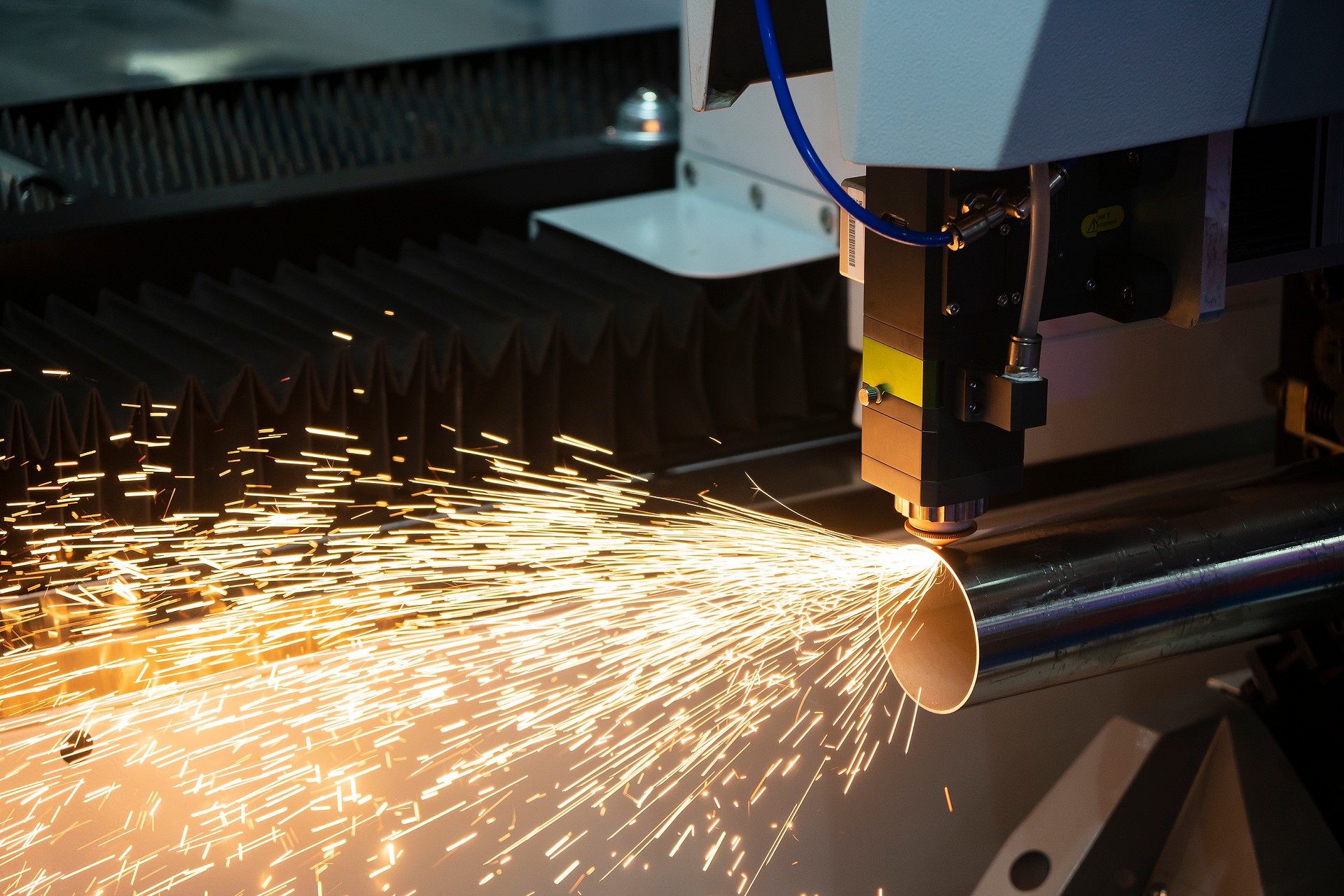Food Safety: A Comprehensive Upgrade from Certification to Smart Management
Food safety has always been a major public concern.
Whenever a food safety incident occurs, it not only triggers extensive media coverage but also quickly sparks public panic and a crisis of trust. Such incidents are more than just threats to consumer health—they can severely impact the entire food supply chain and even cause lasting damage to a brand’s reputation, putting a company’s survival at risk.
Each food safety scandal pushes people to pay closer attention to the sources of their food, how it’s processed, and how it’s labeled. It also highlights the fact that there’s still room for improvement in food regulation and quality control—not just in Taiwan, but around the world. But where do these problems come from? Often, the root causes lie in vague ingredient sourcing, loose process control, lack of third-party verification, or even deliberate illegal additives in the name of cutting costs.
Preventing food safety risks takes more than government oversight. It also requires companies to take responsibility and consumers to be more aware. Only by enforcing strict checks—from raw material sourcing all the way to final product testing—can we truly protect the public’s safety when it comes to what they eat.
Food Safety Risks and Scandals
Food safety risks can generally be categorized into four main types:
- Microbial Contamination
- Chemical Contamination
- Environmental Contamination
- Improper Handling
The growth of pathogenic bacteria—such as Salmonella or Staphylococcus aureus—can easily lead to food poisoning and other foodborne illnesses.
Chemical substances like pesticide residues or illegal additives may accumulate in the body over time and pose long-term health risks.
Excessive levels of heavy metals in soil or water can enter the food chain and eventually endanger human health.
Issues such as cross-contamination in kitchens or breaks in the cold chain can compromise food quality and safety.
Only by closely managing these four major risks at every step—from sourcing raw materials to serving food at the table—can we truly protect consumers' food safety.
Notable Incidents Behind Food Safety Scandals:
- Illegal Additives
- Excessive Drug Residues
- Expired Food Entering the Market
- Pathogenic Microbial Contamination
- Misleading Labeling of Origin
Plasticizers (such as phthalates) have been found in products like fruit juices and health supplements. Originally intended for industrial use, these chemicals were illegally added to improve texture or stability. They pose potential endocrine-disrupting risks to human health.
Residues of substances like antibiotics or ractopamine in animal-based foods sometimes exceed safety limits. Long-term consumption may interfere with human metabolism and weaken immune function.
A well-known example is the Ting Hsin “gutter oil” scandal, where recycled or waste oils were used to produce cooking oil for sale. This not only violated regulations but also severely damaged the industry's reputation and eroded public trust in food safety.
Common pathogens such as norovirus, Salmonella, and E. coli can spread through raw or improperly processed foods, leading to mass food poisoning or outbreaks of infectious diseases.
Examples include low-cost beef being falsely labeled as premium meat from Japan or Australia, or cheaper fish being sold as high-end species. Such practices deceive consumers and can obscure the real source of potential risks.
Common Food Safety Certifications
When it comes to ensuring food safety, both global and Taiwanese systems have established comprehensive management and certification frameworks. These systems are designed to make sure every stage—from production to consumption—meets strict hygiene and safety standards.
Among them, HACCP (Hazard Analysis and Critical Control Points) is considered a fundamental requirement for all food businesses. By identifying and monitoring critical control points, HACCP helps prevent potential contamination and food safety hazards.
At a more advanced level, ISO 22000 serves as an internationally recognized food safety management standard. It focuses on a systematic approach to risk control and is applicable across the global food supply chain.
In addition, the Global Food Safety Initiative (GFSI) brings together several major certification systems—such as BRC, SQF, and IFS—making it a key benchmark for multinational corporations and major retail channels.
For companies targeting the U.S. market, FDA certification is essential. With global influence, the FDA's regulations are often viewed as international benchmarks for food safety compliance.
Back In Taiwan, products that obtain the TQF (Taiwan Quality Food) label are recognized for meeting high standards in raw material sourcing, production processes, and quality control. This certification has become a trusted guide for local consumers when choosing food products.
By adopting these systems and certifications, food businesses not only improve their internal practices but also build stronger consumer trust and brand value.
At present, microbial contamination remains one of the most difficult food safety risks to prevent.
This makes it all the more critical for food businesses to maintain the highest standards of hygiene and quality control—there is no room for complacency. Even a single food safety incident can seriously damage a company’s reputation.
To earn consumer trust, obtaining certification from reputable third-party testing organizations remains one of the most effective and necessary strategies. For companies aiming to expand into international markets, securing globally recognized food safety certifications is not just a competitive advantage—it’s a basic requirement for export. Without such certifications, products may struggle to enter global markets and fail to gain the confidence of international consumers.
Taking proactive measures just in case
For food companies to truly implement food safety, the first step is to build a strong corporate culture. This responsibility doesn’t rest solely on top management; it requires that the importance of food hygiene and regulatory compliance becomes a shared value embraced by every employee. Each team member should act as a guardian of food safety, actively participating in monitoring and maintaining every detail throughout the production process.
Secondly, food safety management must keep pace with the times by adopting digital and smart systems. Using Internet of Things (IoT) technology, companies can monitor critical production data—such as temperature, time, and humidity—in real time. Analyzing and optimizing these parameters enhances overall risk alertness and quality control efficiency.
Finally, maintaining open and effective communication with consumers is essential. When doubts arise about a product, providing timely, transparent, clear, and professional responses not only helps to resolve misunderstandings but also protects the company’s reputation, preventing missed opportunities to clarify issues and rebuild trust.
Conclusion
Food safety has always been a core issue that every food business must vigilantly uphold. At the same time, it serves as a crucial way for companies to demonstrate their commitment to quality and professional competence. Only by prioritizing food safety can a business earn trust in the market and build a foundation for sustainable growth.
With rapid technological advancements, food companies can actively adopt smart management tools such as automated sensors, real-time monitoring systems, and data analytics platforms to strengthen production oversight and quality control. Detecting anomalies early allows for immediate intervention and correction, significantly reducing risks and improving overall operational efficiency.
Moreover, through rigorous quality control processes supported by technology, companies can successfully obtain internationally recognized third-party food safety certifications—such as HACCP, ISO 22000, and FSSC 22000. These certifications serve as essential tickets to enter overseas markets and enhance brand competitiveness. Implementing food safety not only protects consumer health but also lays a solid foundation for a company’s globalization journey.




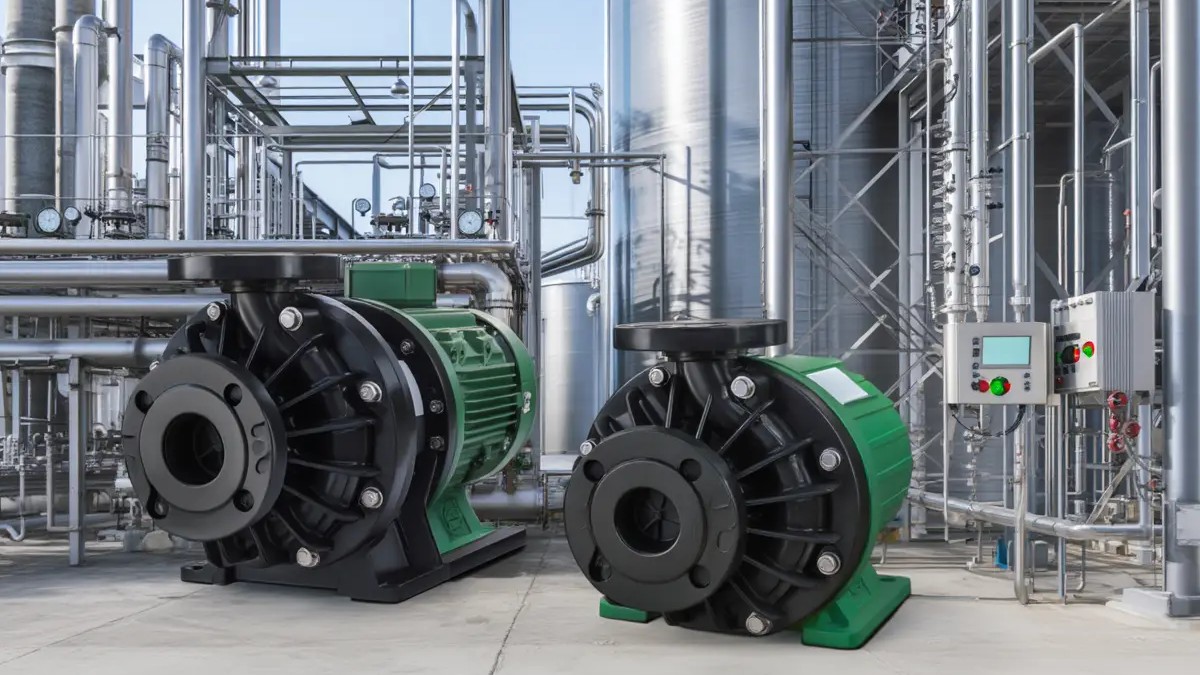
.png)
